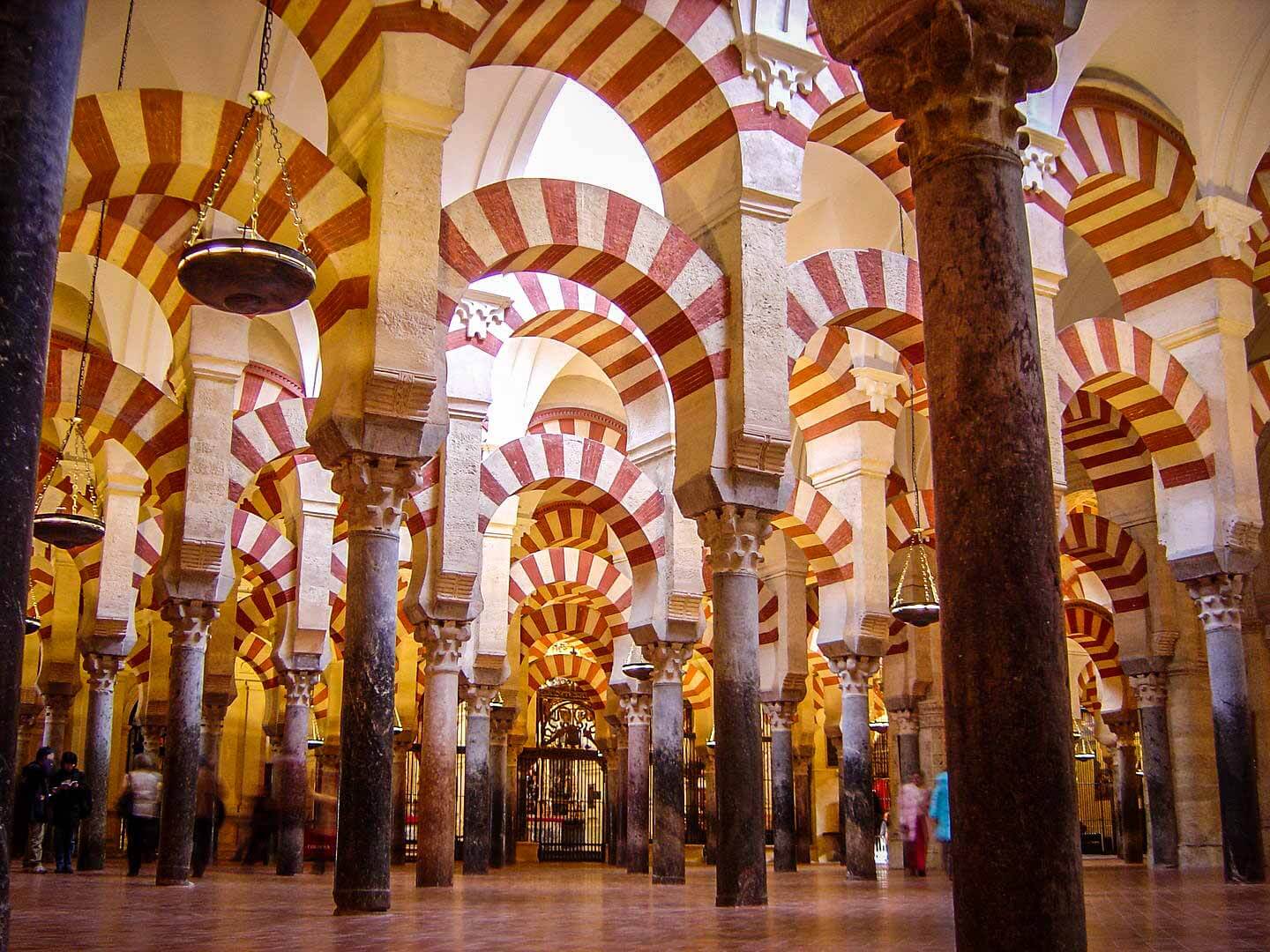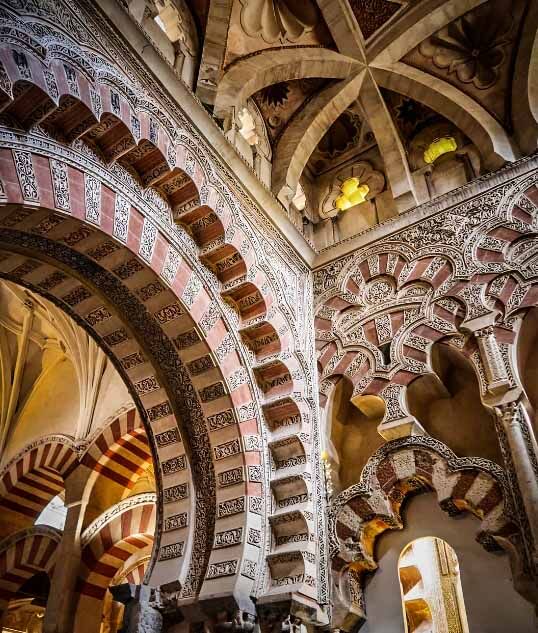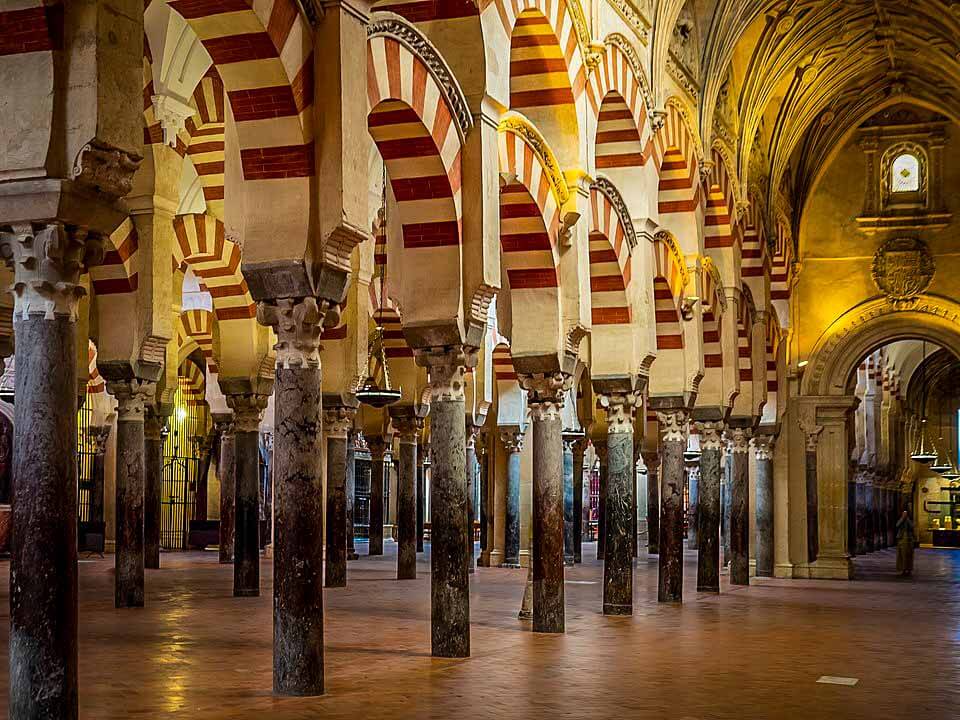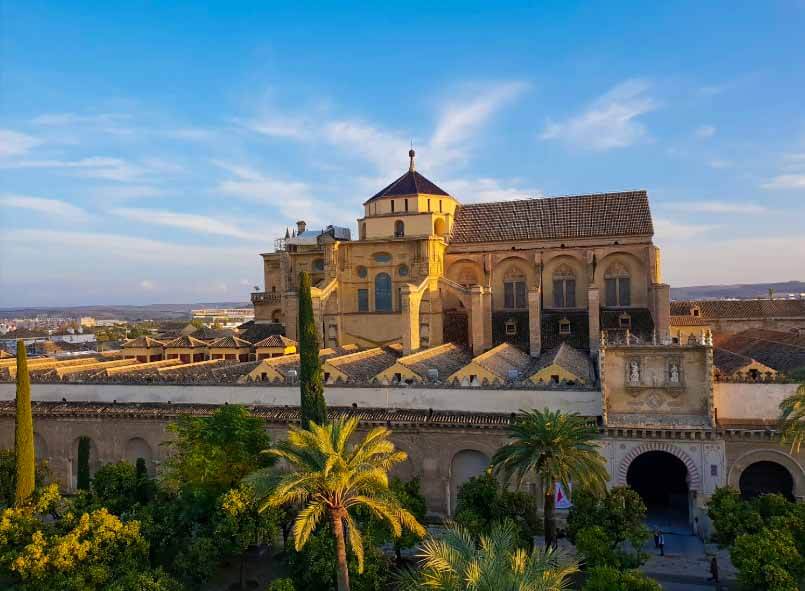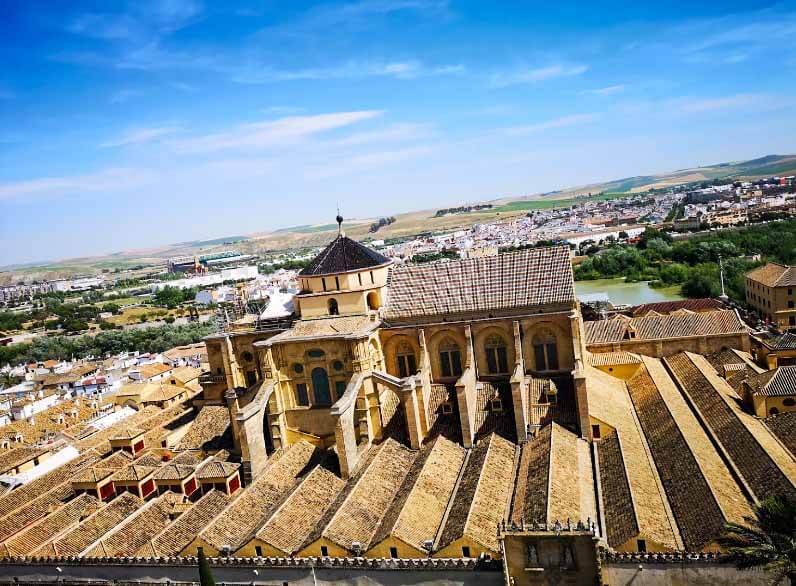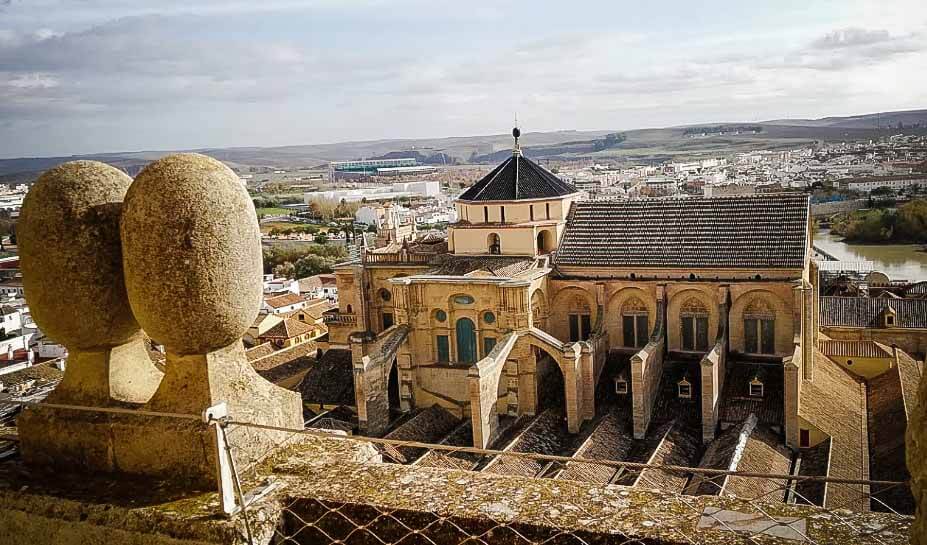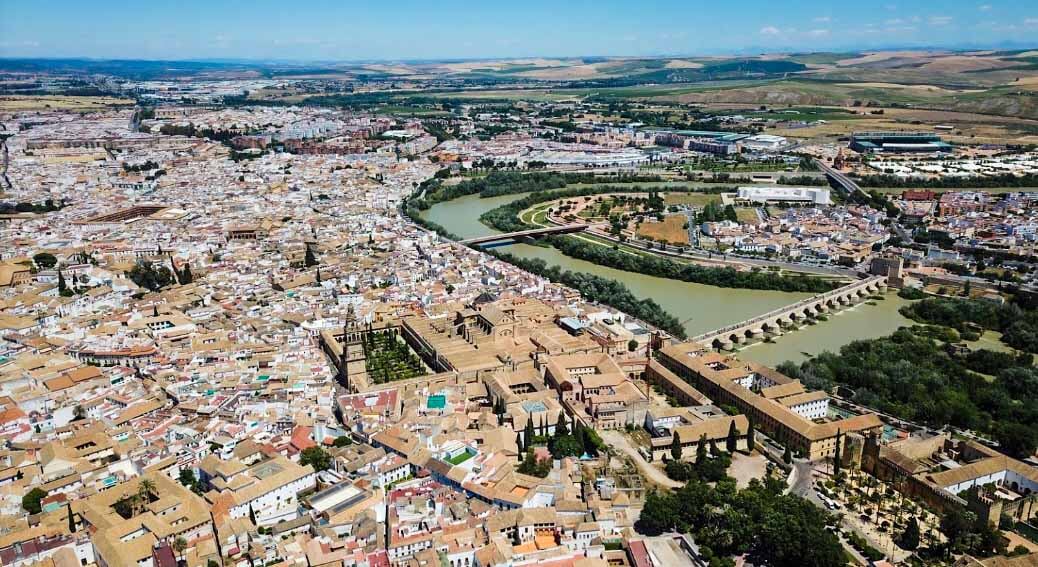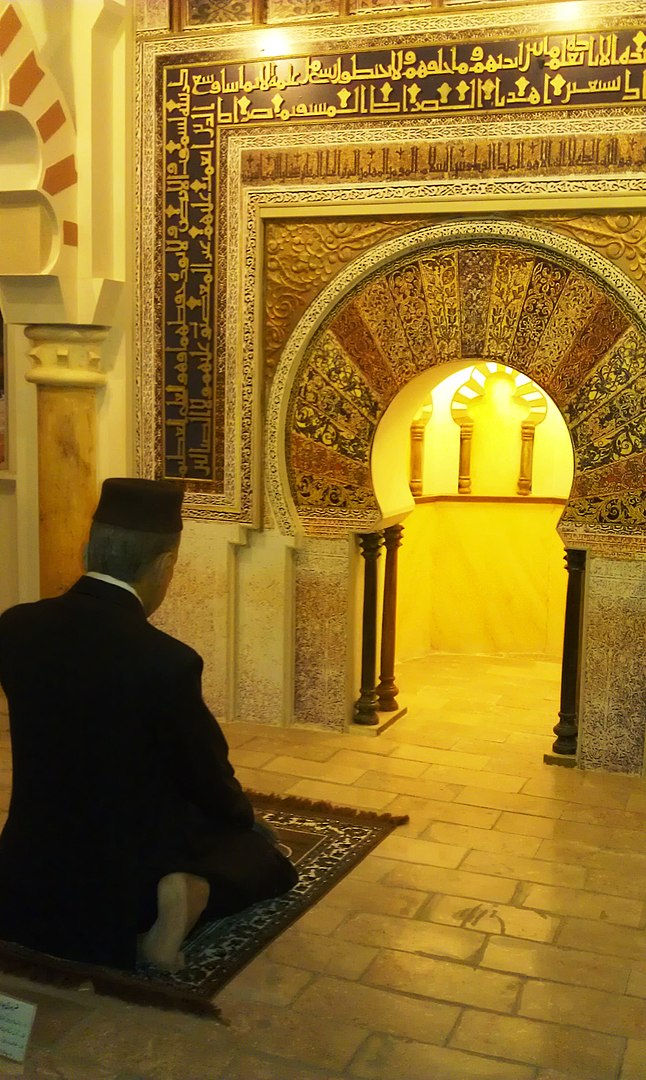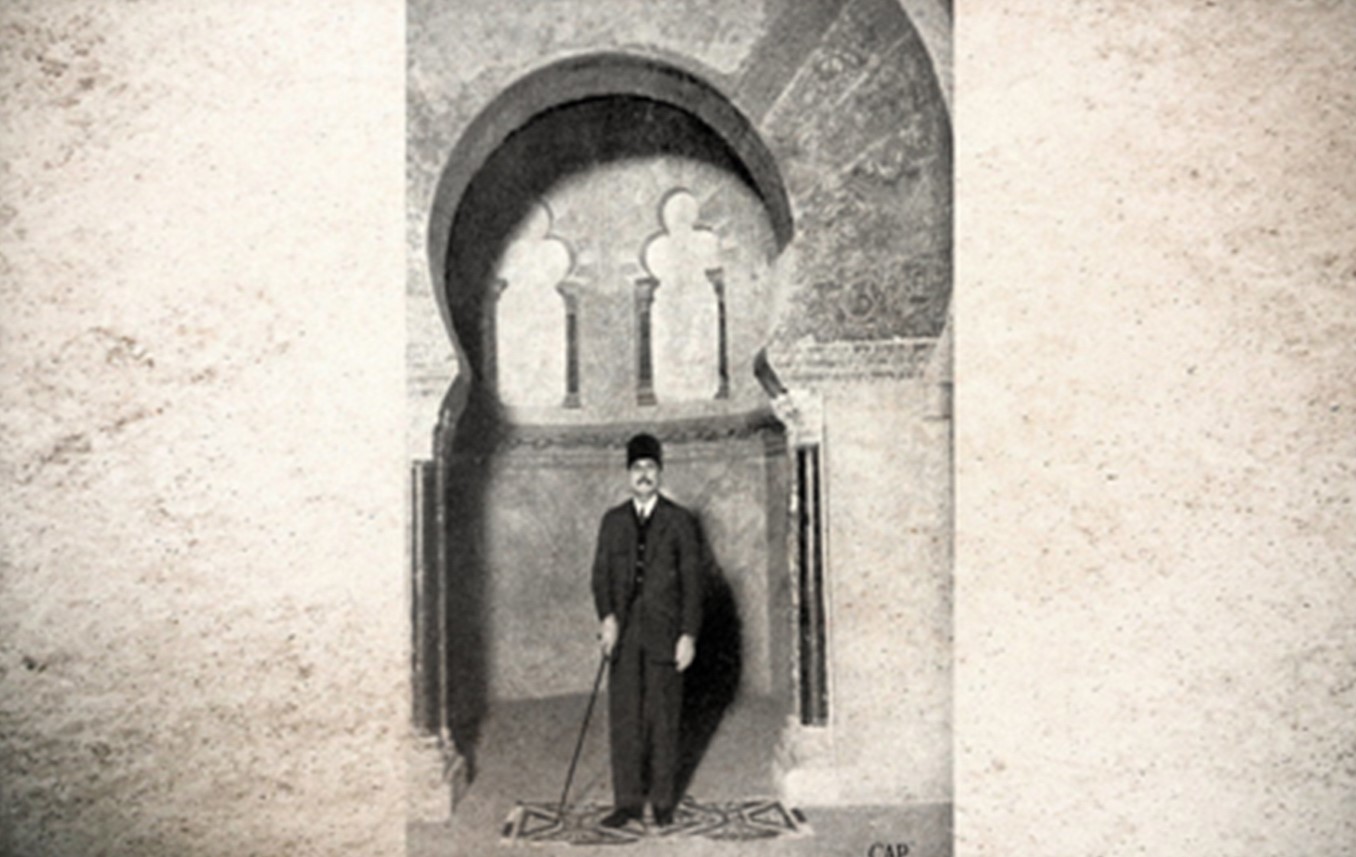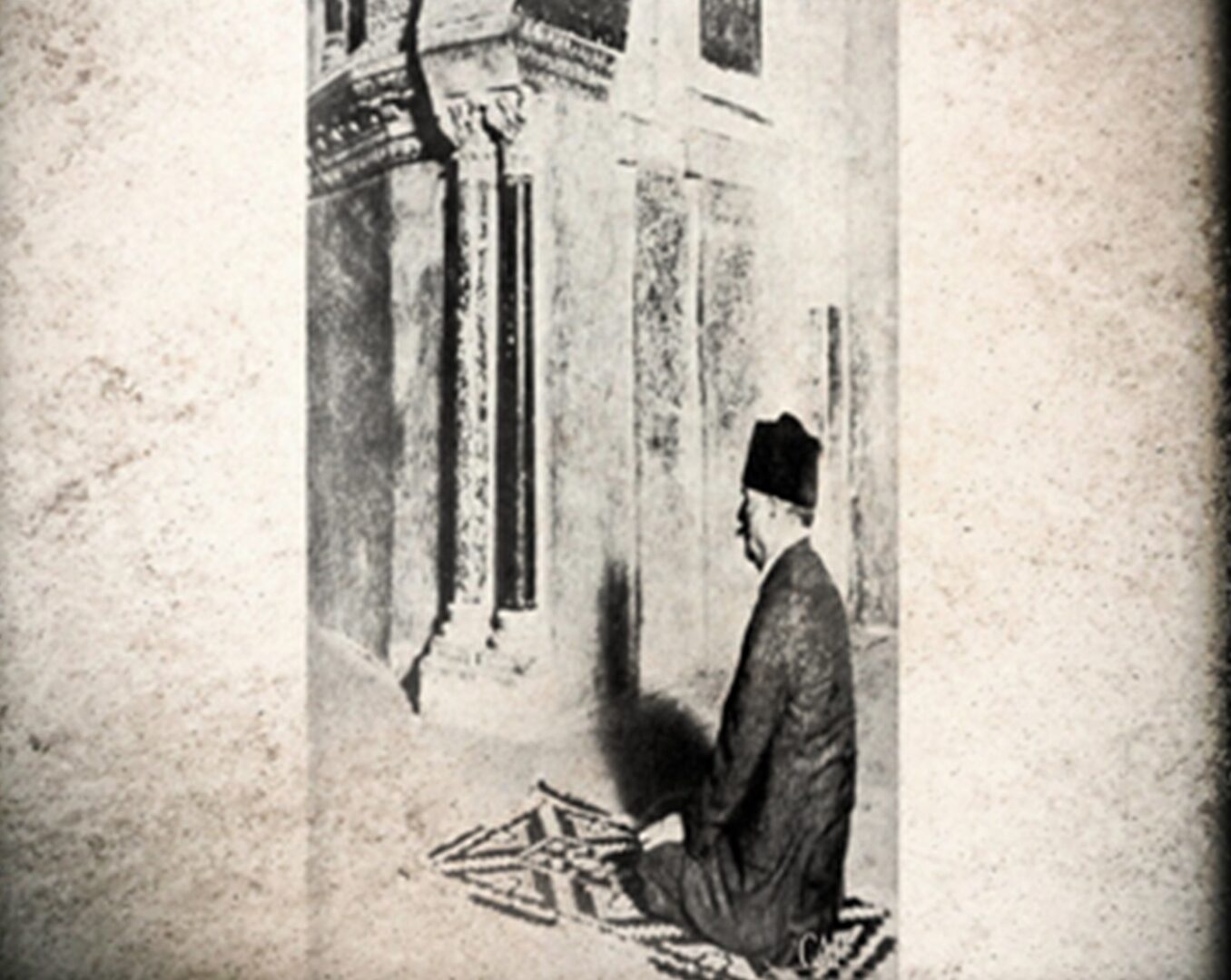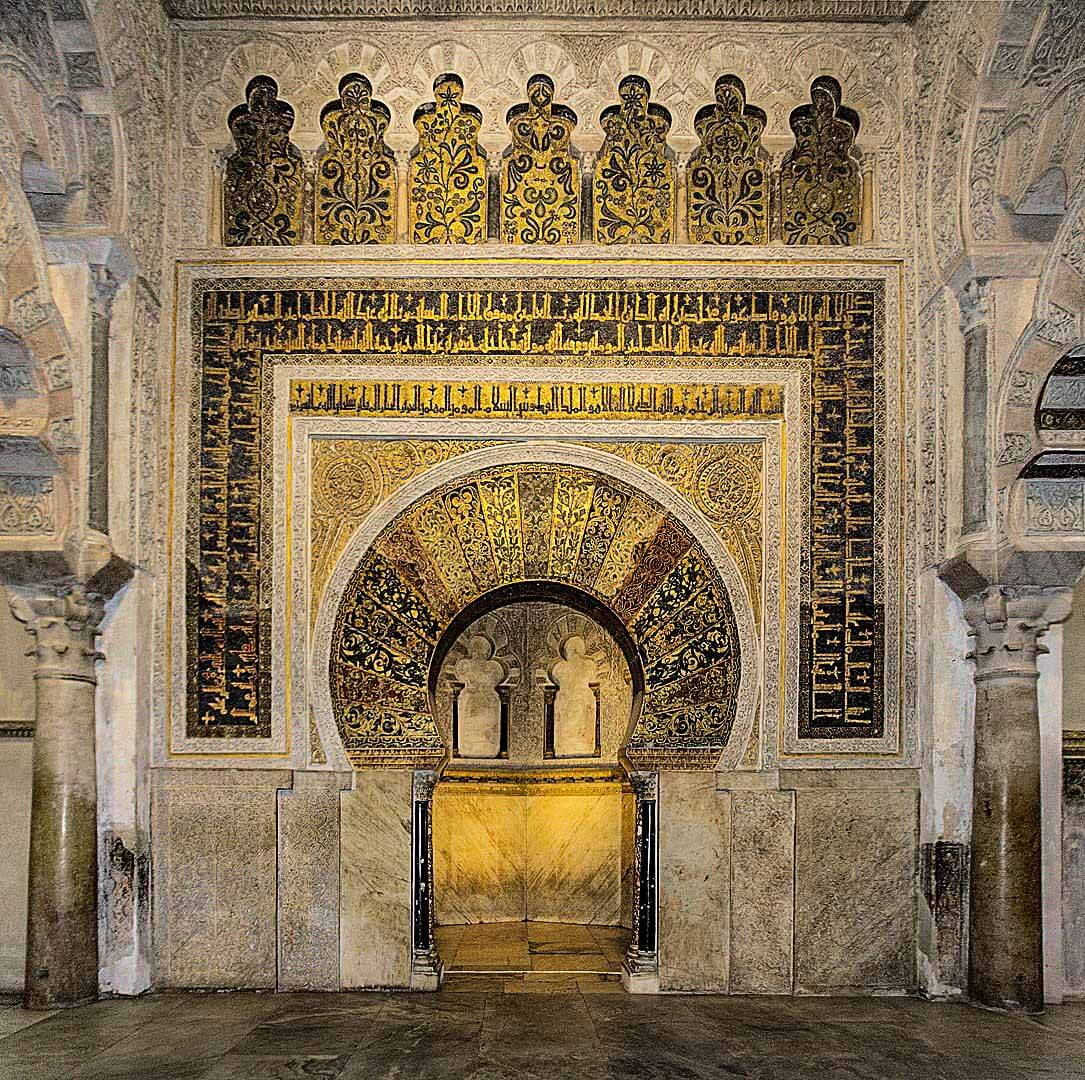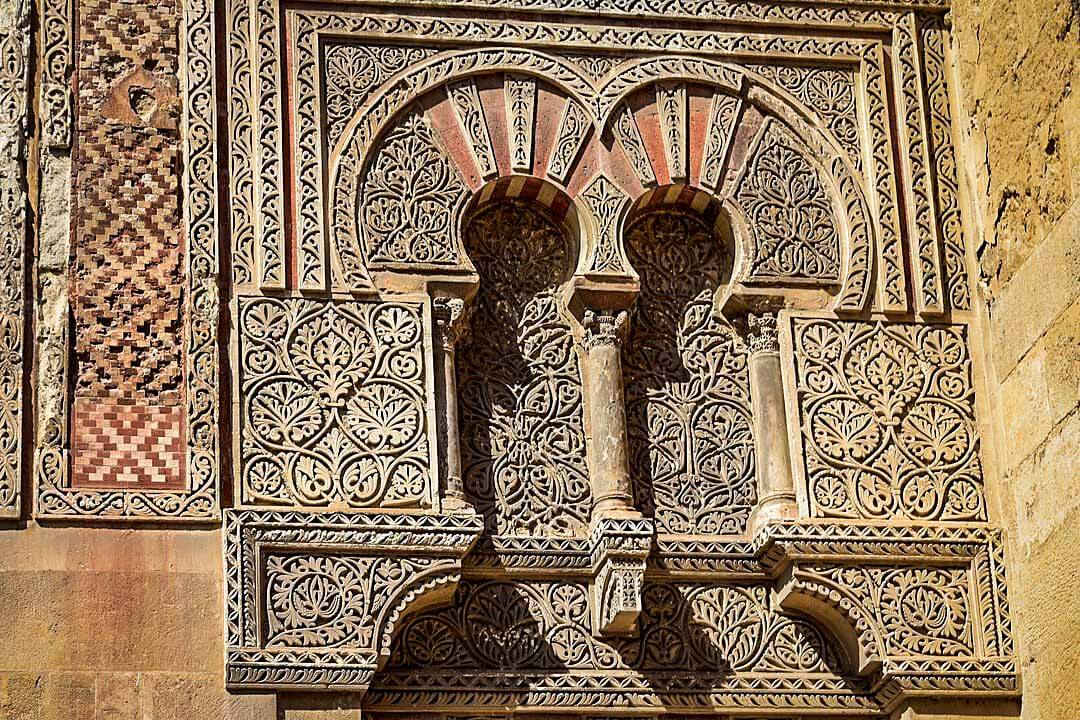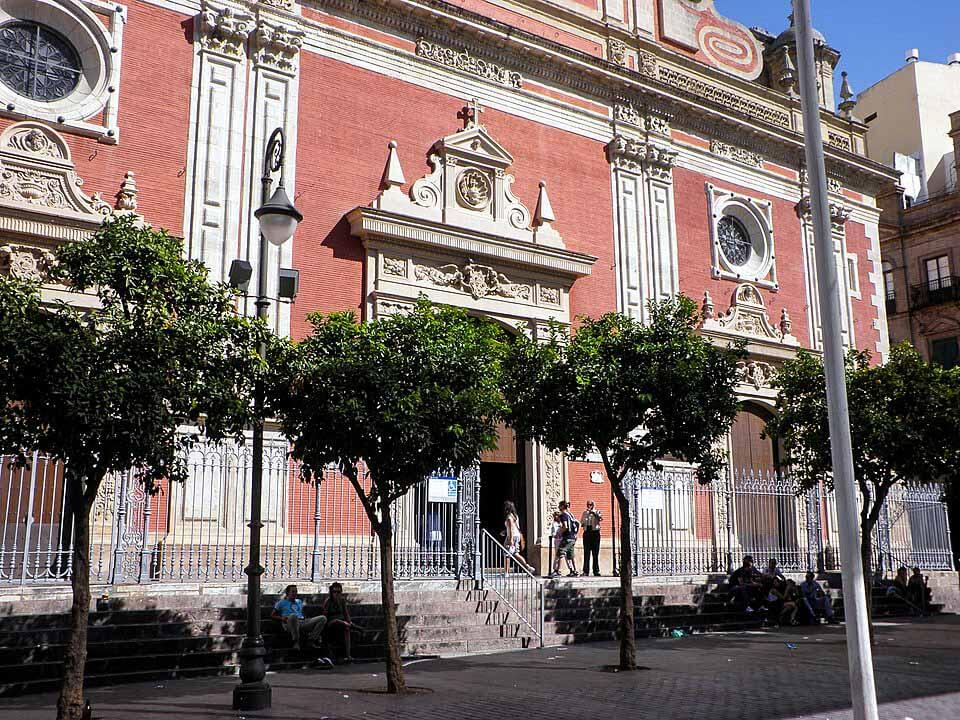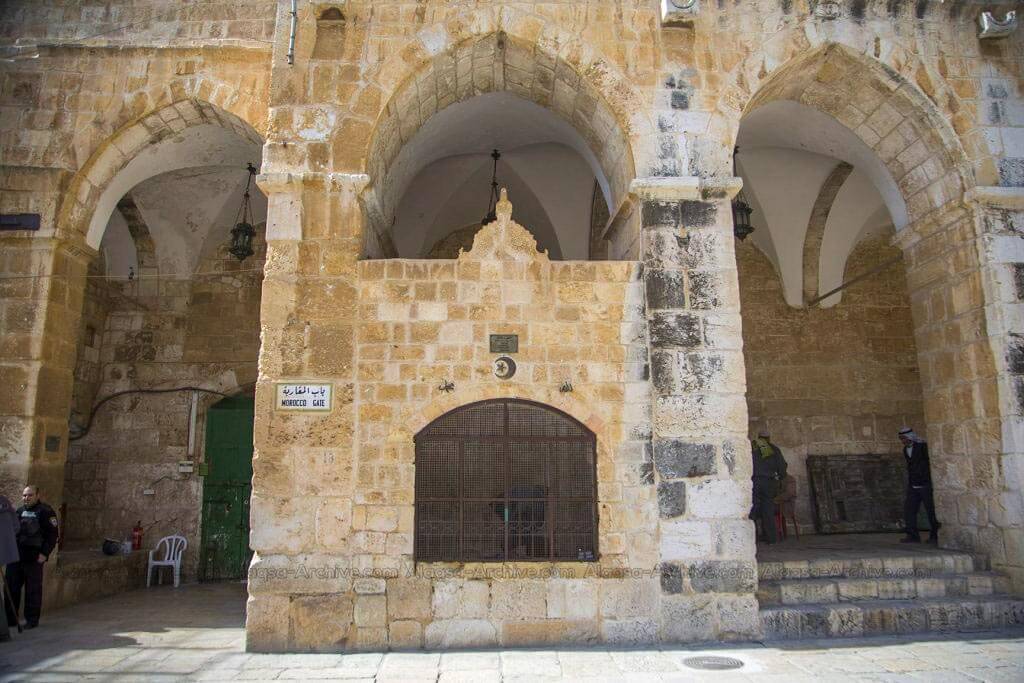Córdoba, Spain
Coordinates: 37.878900, -4.779400
The Mosque–Cathedral of Córdoba, officially known by its ecclesiastical name, the Cathedral of Our Lady of the Assumption is the cathedral of the Roman Catholic Diocese of Córdoba dedicated to the Assumption of Mary and located in the Spanish region of Andalusia.[4] Due to its status as a former Islamic place of worship, it is also known as the Great Mosque of Córdoba (Spanish: Mezquita de Córdoba), or the Mezquita.
The structure is regarded as one of the most accomplished monuments of Muslims architecture built by the Moors.
The Grand Mosque of Córdoba was seized in 1236 during the Reconquista and converted to a church, culminating in the insertion of a Renaissance cathedral nave in the 16th century.
A mosque or a cathedral?
The way the Catholic faith has ‘bolted’ on bits for their faith into the original mosque has ‘tainted’ the architecture.
To begin with, it is difficult to tell that if it is a mosque. That’s because of the nave of the cathedral, towering above the walls of the mosque.
You have to rely on historic facts about the building and not the building in front of you to tell you that it is indeed the famous mosque of Cordoba.
Background
Abd ar-Rahman I and his descendants reworked it over two centuries to refashion it as a mosque, starting in 784. Additionally, Abd ar-Rahman I used the mosque (originally called Aljama Mosque) as an adjunct to his palace and named it to honor his wife.
The mosque underwent numerous subsequent changes: Abd ar-Rahman III ordered a new minaret, while Al-Hakam II, in 961, enlarged the building and enriched the mihrab.
The last of the reforms was carried out by Al-Mansur Ibn Abi Aamir in 987. It was connected to the Caliph’s palace by a raised walk-way, mosques within the palaces being the tradition for the Islamic rulers of all times.
The mosque reached its current dimensions in 987 with the completion of the outer naves and courtyard.
The Castillian Reconquest
In 1236, Córdoba was conquered by King Ferdinand III of Castile, and the mosque was turned back into a church.
The minaret of the mosque was also converted to the bell tower of the cathedral. It was adorned with Santiago de Compostela’s captured cathedral bells.[10]
The most significant alteration was the building of a Renaissance cathedral nave right in the middle of the expansive structure.
Artisans and architects continued to add to the existing structure until the late 18th century.
The Mosque of Cordoba, Peom by Iqbal
The Mosque of Cordoba is an eight-stanza Urdu poem by Muhammad Iqbal, written circa 1932 and published in his 1935/6 collection Bāl-e Jibrīl (‘The Wing of Gabriel’).
Iqbal travelled to England in 1931 to participate in the second and third Round Table Conferences in London.
He returned to India via Spain (as well as France and Italy), and it was at this time that he visited the eponymous mosque, though by that time it had long since been converted to a cathedral.
As Iqbal said: After the fall of Muslims in Spain, the mosque was converted into a cathedral in around 1246 and a giant nave was built on it. The cathedral, however, does not elicit the same praise from its observers.
Iqbal, who visited the mosque long after it had been converted to a cathedral, was fortunate that he was allowed to offer his prayers in the mosque.
Nevertheless, it was at what has been described as one of the “high points of his emotional life” that he composed the majority of the poem, as its subtitle clearly indicates
It has been described as “one of his most famous pieces” and a “masterpiece”.
It has also been compared to Ahmad Shawqi’s Arabic poem Siniyyah for its locating in Islamic Spain “the embodiment of the ideal, non-territorial Islamic nation” that is, in both poems’ world-views, “the source of world history.”
Current Muslim campaign
Some Muslims across Spain are lobbying the Catholic Church to allow them to pray in the mosque. The Islamic Council of Spain had lodged a formal request with the Vatican for Muslims to be allowed to pray in the church.
Spanish church authorities oppose Muslim prayer at the cathedral.
The church council doesn’t seem to be open to dialogue.”
On Christmas Day 2006, a Spanish Muslim organisation called the Spanish Islamic Board, sent a letter to the Pope’s ambassador in Spain, asking Pope Benedict XVI for permission for Muslims to worship alongside Christians in the building.
The Spanish Muslims wrote in their letter that they did not intend to take control of the building or “recover a nostalgic Al-Andalus”.
In 2004, the Vatican’s Pontifical Council for Inter-religious Dialogue had rejected a similar request from the same group.
The general secretary of the Spanish Islamic Board, Mansur Escudero, said that security guards often stop Muslim worshippers from praying inside the building.
Not allowed to cover head
It might be called the Cordoba Mosque Cathedral, But if you cover your head with a cap, you have to take it off.
This rule was aimed at Muslims who traditionally cover their head inside a mosque.
Know This
It might be called the Cordoba Mosque Cathedral. Do note that if you cover your head with a cap, you have to take it off.
They do check bags so try not to take anything.
Make sure you book your tickets in advance.
The Minaret/Bell Tower has a great spot to get a great view of the Mezquita complex, the courtyard, the old city. Separate ticket cost 2.0€ each. Timed entry.
.



